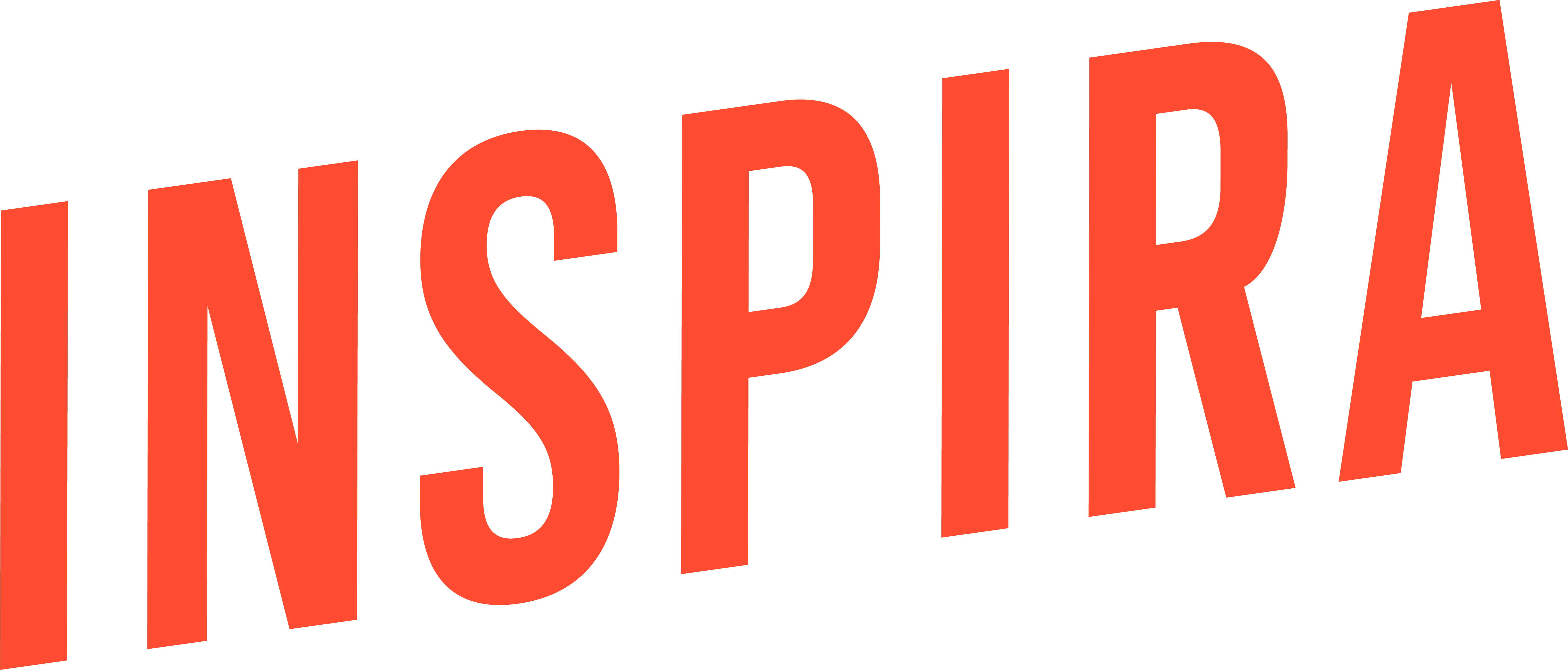As vaccine roll-out efforts continue to gain momentum, there are signs of hope for a return to normalcy in 2021. Consumers across the country are looking forward to resuming their typical day-to-day activities, but comfort levels can vary drastically from one person to the next. Below, we take a look at nine things to know about where consumers stand on the return to normal this year.
- What do consumers require for a return to normal? Above all else, they are waiting for health experts to weigh in. According to a recent Numerator study, nearly half of consumers say that they’ll return to normal activities when health officials say it is safe to do so. Beyond that, it’s clear that vaccination plays a major role in comfort; forty-four percent say they need to have received a vaccine, while 38% say the same with regard to their close friends and family.
- Overall, the plurality of consumers (31%) are skeptical about the return to normal, suggesting they’ll be among the last to resume normal activities when it’s definitively safe to do so. An additional 21% say they’ll align with the crowd and resume normal activities when everyone else does. Others await lifting of government restrictions (16%) or are already participating in normal activities (16%).
- The big question on everyone’s minds is when we’ll have the return to normalcy. In the table below, you can see that 60% of consumers expect brighter days ahead by the end of summer.
| Timing on Return to Normal | |
| Already participating in normal behaviors and activities | 14% |
| End of Winter (late March) | 6% |
| End of Spring (late June) | 19% |
| End of Summer (late September) | 21% |
| End of 2021 | 20% |
| 2022 or later | 19% |
- Of course, a return to normal is relative in nature, and no two activities elicit the same comfort levels for consumers at this time. While over seven in ten consumers say they’d be at least somewhat comfortable shopping in stores with a mask, two out of three say maskless shopping is a no-go.

- Restaurants are eagerly awaiting the return of patrons as the weather turns warmer across the country, but consumers are split on eating indoors. Just over half are comfortable eating inside at a restaurant, as opposed to the 71% who are comfortable eating outdoors.
- Overall, restaurants will continue to play a significant role for consumers in terms of socialization going forward, but three-quarters of Americans said that social distancing has made them realize they prefer small social gatherings at home over a bar or restaurant. How will this manifest in terms of consumer behavior? Just under half say they will continue to socialize at home in the future, while 17% will mostly go to bars/restaurants and 35% will elect for a mix of the two.
- Other activities that tend to come with large crowds, such as going to a bar/club or attending a concert/show, elicit less consumer confidence. Over 40% of consumers say they would be extremely uncomfortable with either activity at this time. However, there is a clear split in confidence between those who are/plan to be vaccinated versus those who do not. Over half of consumers who don’t plan to get vaccinated are already comfortable with these activities at this time.
- Travel has been a tricky subject throughout the pandemic, and it’s clear that public transportation (66%) and flying (60%) are still uncomfortable for many consumers. However, not all is lost, with over half of consumers saying they’d be comfortable staying at a hotel. Road trip, anyone?
For brands across industries, understanding consumer concerns and leading with empathy will continue to be an effective marketing strategy in the coming year. Contact us today to learn how our integrated brand experiences can help you assuage those concerns and win over consumers as they return to normal in 2021.
Sources: "Looking Ahead: Monthly Consumer Sentiment Survey." Numerator (2021), "The Harris Poll COVID-19 Tracker (Week 54)." The Harris Poll (2021).

